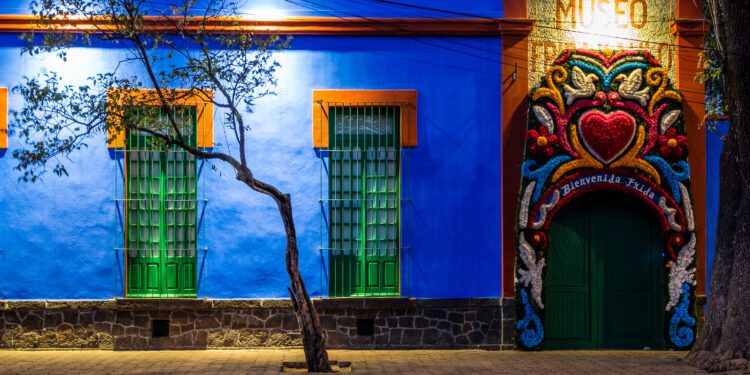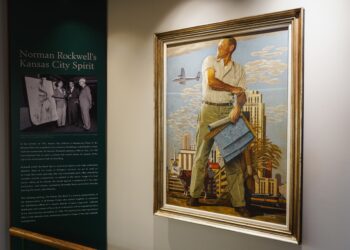Mexico City is having a moment. The second-largest city in Latin America, rich in history and tradition, perpetually welcomes new sets of restaurants, bars, shops, faces—and, of course, fairs and galleries. Zona Maco, the city’s annual art fair, saw record attendance this year, totalling 81,000 visitors and 200 exhibitors. Mexico City ranked among the world’s best and most livable cities for expats in 2024 in lists by Forbes, Time Out, and countless others.
This guide provides a comprehensive look at Mexico City for art-loving visitors. Leveraging insider tips from gallerists, we’ve assembled a curated selection of galleries, museums, homes, and hangs that shouldn’t be missed.
Mexico City galleries
The gallery scene in Mexico City thrives on the interplay between established venues and experimental spaces. This juxtaposition produces a flurry of avant-garde exhibitions and globally recognized art.
“Mexico City’s art world has always been born out of a collaborative and experimental energy drawn from the country’s rich cultural history,” said Taylor Fisch, curator of archives at kurimanzutto, in an interview. “It thrives when people from diverse backgrounds and disciplines come together to consider that history while redefining what it means to create art in Mexico today.”
These must-visit galleries are propelling the city’s art scene forward:
In Roma
This neighborhood is where the action is—fun bars, bustling restaurants, and a majority of the city’s galleries.
- Travesía Cuatro: Established in Madrid with its second outpost in Mexico City, Travesía Cuatro bridges contemporary art between Europe and Latin America. Founded by Silvia Ortiz and Inés López-Quesada in 2003, the gallery is housed within a 19th-century neo-colonial building.
- Galería Hilario Galguera: This contemporary space is a cornerstone of the city’s art scene. The gallery opened in 2006 with Damien Hirst’s first exhibition in Latin America and has continued to show renowned local and international artists.
- OMR: Since 1983, this gallery has been a platform for innovative and influential artists such as Candida Höfer and Troika, and its exhibitions are celebrated for their conceptual depth and artistic diversity.
- Galerie Nordenhake: With roots in Berlin and Stockholm, this gallery extends its reach to Mexico with a focus on conceptual and minimalist art.
Museums, private collections, and cultural centers
These museums and private collections are not to be missed:
- Museo Anahuacalli: Founded by Diego Rivera, Museo Anahuacalli houses the artist’s vast collection of pre-Columbian artifacts. The building, designed by Rivera and architect Juan O’Gorman, is a work of art in and of itself, resembling an ancient teocalli (temple).
- Museo Tamayo: With its cutting-edge architecture, Museo Tamayo opened in 1981 in the lush Chapultepec Park. It was established to house the art collections of Rufino Tamayo, a renowned painter who fused European styles with Mexican folk art, and his wife, who donated their collection to the nation. Highlights include masterpieces by world-famous artists like Pablo Picasso and Mark Rothko.
- LagoAlgo: This lakeside cultural center in the heart of the city integrates its natural environs with its art programming. In a historic modernist building originally constructed for the 1968 Olympics, founders Cristobal Riestra (owner of OMR) and restaurateur Joaquín Vargas have devised a unique experience combining farm-to-table dining with contemporary art.
- Museo Jumex: This museum houses one of Latin America’s most significant private contemporary art collections. Designed by David Chipperfield, the striking minimalist building features a distinctive saw-tooth roof. Highlights of the collection include works by Andy Warhol, Cy Twombly, and Gabriel Orozco.
- Fundación Casa Wabi: Founded by artist Bosco Sodi, this nonprofit arts center has locations in Oaxaca and Mexico City. The latter houses Sodi’s studio, designed by famed Mexican architect Alberto Kalach. Visitors can—with a reservation—get a look inside the space where the artist’s large-scale, textural paintings and sculptures come to life.












